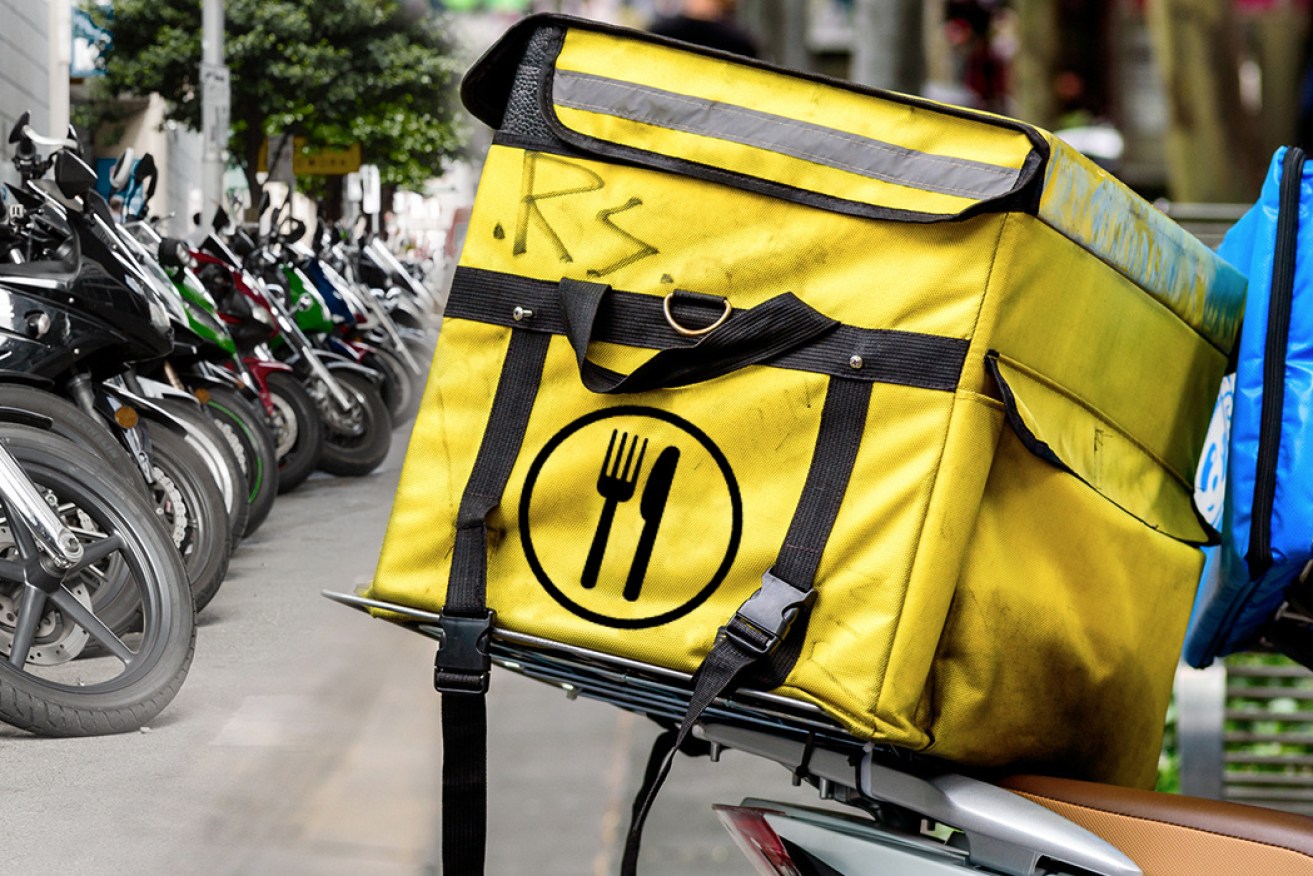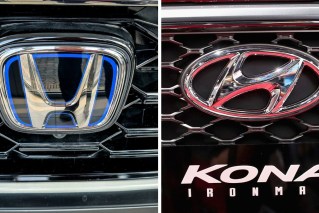How Uber Eats is changing the make-up of Australia’s roads


Scooters are becoming a more common sight on Australia's roads. Photo: The New Daily
Australians are getting out of their cars and on to motor scooters at a rapidly accelerating rate as food delivery services become increasingly popular.
A total of 84,708 new vehicles were sold in November, according to the latest figures from the Federal Chamber of Automotive Industries (FCAI) – 9.8 per cent less than the same month in 2018.
Year-to-date car sales have also fallen by 8.2 per cent on compared with the previous year, and FCAI chief executive Tony Weber has cautioned “the appetite for new vehicles remains suppressed”.
“It is a tough market – full stop,” he said.
But as car sales fall scooter sales have seen big increases, lifting 14.5 per cent year-to-date by the end of September – making it the only segment of the combined motorbike and ATV market to make gains last year.
Speaking to The New Daily, IBISWorld senior industry analyst James Caldwell said the improvement in scooter sales can be partly attributed to Australians’ falling discretionary income.
The 2019 Household Income and Labour Dynamics in Australia (HILDA) survey found the median household’s annual discretionary income actually fell between 2009 and 2017, while the mean disposable income grew only marginally.
For would-be motorbike riders, that reduction in discretionary income could be enough to convince them to buy a cheaper motor scooter instead.
Food Delivery services lifting demand
The popularity of apps like Uber Eats, MenuLog and Deliveroo has also created new demand for motor scooters, ordinary Australians look to supplement their incomes with flexible gig-economy work
But drivers themselves are very unlikely to be the ones purchasing these new scooters, according to Mr Caldwell.
“If you’re delivering for one of these companies, chances are you’re not making a lot of money. It’s low-value work,” he said.
“A lot of these drivers don’t even make minimum wage so for them to go out and buy a brand new scooter is going to be quite rare. The impact that they have directly on scooter sales is probably quite low.”

Source: Budget Direct
Instead there’s been a trend towards renting scooters, Mr Caldwell said.
New businesses are emerging which rent the vehicles out for anywhere between $100 and $250 a week, and drivers don’t have to worry about maintenance or insurance costs.
“The companies that are buying these scooters to then rent them out are the main drivers of sales in scooters,” Mr Caldwell said.
“That’s more of a factor than drivers themselves buying new scooters. If drivers are buying one they’re more likely to buy second hand, because if you’re only making $17 – $18 and hour it’s not worth you investing $10,000 in a scooter.”
Though the industry is too niche for IBISWorld to properly research, Mr Caldwell said these businesses are already “plentiful”.
Delivery industry booming
IBISWorld research suggests the online food ordering and delivery industry made a profit of $26.2 million in Australia last year.
Between 2015 and 2020, the sector had an annual growth rate of 76 per cent and though that’s expected to slow, the industry should still expand 10.2 per cent annually in the coming five years.
Scooter sales are also predicted to lift in 2020, although Mr Caldwell said that growth won’t be the result of increasing demand for food delivery.
Instead, Mr Caldwell said discretionary incomes are expected to grow in the coming twelve months, and if that eventuates then new vehicle sales of all types should also see a small boost.









